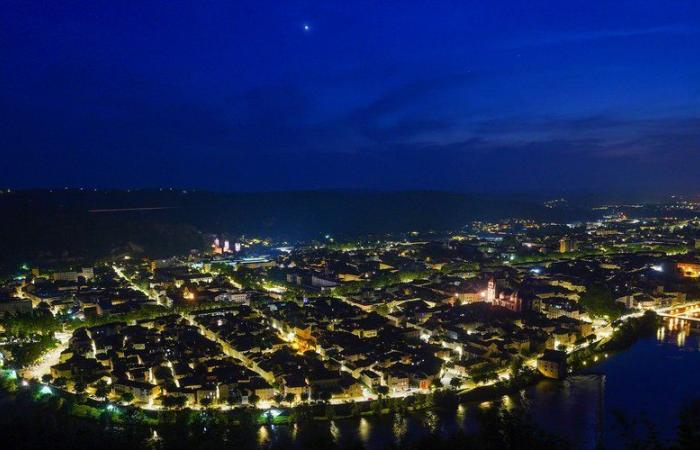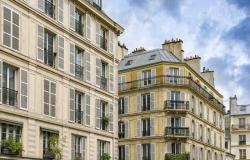
the essential
For several years now, cities have been turning off lights at night or reducing the intensity in certain neighborhoods. This measure allows them to reduce the bill, but also to make a gesture for the planet.
With the explosion in electricity prices and the question of energy efficiency, more and more towns in Lot are turning off the lights after midnight, to reduce the bill.
To save money, each city has its own technique, but one in particular is coming back to the municipalities: “During the previous mandate, we changed the lighting, we switched to LED lamps about 5-6 years ago”, explains Denis Marre, mayor of Pradines. Same observation for the municipality of Figeac where the city launched its energy sobriety plan in October 2022. Out of 2,981 public lighting points in the city, 1,235 were equipped with LEDs at the end of 2022. “We turn off from 10 p.m. to 6 a.m. in the outdoor area and from 12:30 a.m. to 6 a.m. in the center of Figeac, explains the city’s mayor André Mellinger, the bill paid was reduced by 200,000 euros. The reason for using LEDs is simple: “It allows us to adapt the lowering of intensity and the luminous flux,” explains Catherine Bonnet, deputy mayor in charge of buildings and public lighting in Cahors. Within the Lot prefecture, 5,000 light points were changed: “We made a saving of 500,000 euros thanks to LEDs, taking into account the increase in electricity.” The City invested 2.7 million euros, with a 53% participation from the State.
Read also :
In Figeac, the mayor takes stock of the energy sobriety plan
On the Souillac side, the municipality is testing another measure: “We are working on the installation of passage detection lights,” says Alain Vidal, 1st deputy at the Souillac town hall in charge of finances. He remains satisfied with this measure: “Between switching off, modifying the lighting, the investments allow us to save money. We are saving 10% of overall consumption.”
Read also :
Energy transition: in Cahors, public lighting has been completely renewed
What about pedestrian safety in the middle of the night?
Certainly the savings made by cities are significant, but what about the safety of pedestrians at night? “We have had less than 10 complaints. They are mainly people who fall,” explains Catherine Bonnet. “The measure has been in place in Gourdon for six months, the residents understand, we have informed them,” adds the mayor, Jean-Marie Courtin. “Out of 2,000 households, we had five negative feedback, so things are going pretty well,” specifies Denis Marre. For Figeac, the municipality received more reactions: “We had concerns, not so much from residents, but especially from parents of students who go out in the evening. Last year, we also had a wave of burglaries, which was finally resolved, so we decided to subsidize security equipment such as alarms and cameras to around ten businesses which requested it,” explains the mayor. Generally speaking, residents are getting used to this extinction. It is now up to town halls to identify streets and public places that require special attention.
Ball street lamps banned from January 2025
From January 1, 2025, ball-shaped street lamps will be banned, according to a decree of December 27, 2018. Municipalities must therefore change them by next year. The government indicates that these street lamps “present both very poor overall luminous efficiency and generate significant light pollution by illuminating the sky more than the road”.





